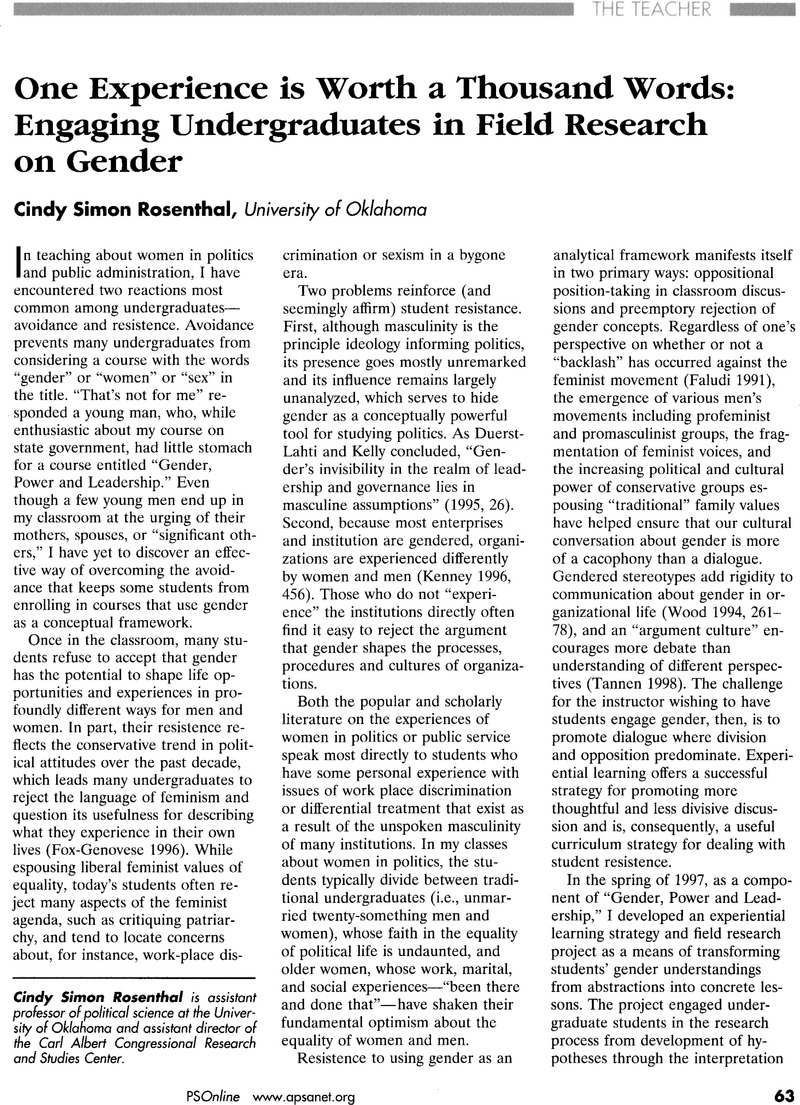Crossref Citations
This article has been cited by the following publications. This list is generated based on data provided by Crossref.
Ishiyama, John
and
Breuning, Marijke
2003.
Does Participation in Undergraduate Research Affect Political Science Students?.
Politics & Policy,
Vol. 31,
Issue. 1,
p.
163.
Pappas, Christine
2007.
“You Hafta Push”: Using Sapphire's Novel to Teach Introduction to American Government.
Journal of Political Science Education,
Vol. 3,
Issue. 1,
p.
39.



